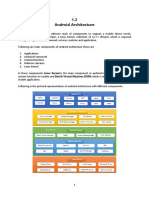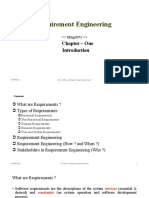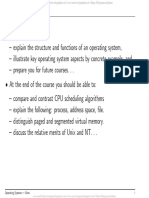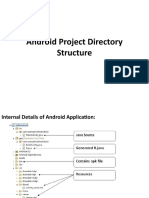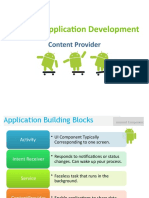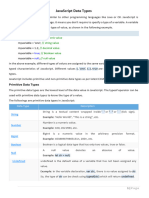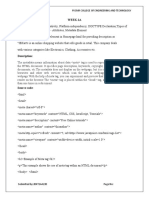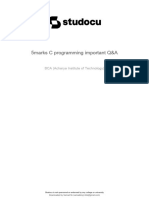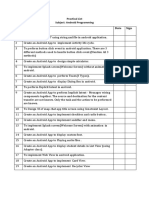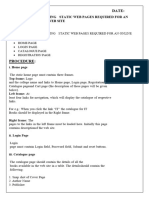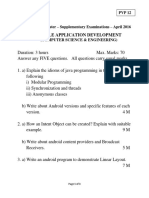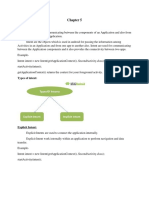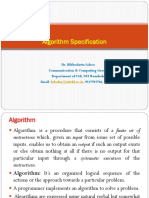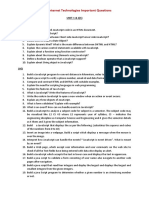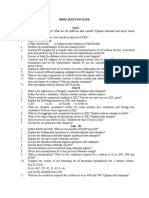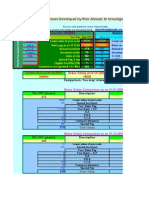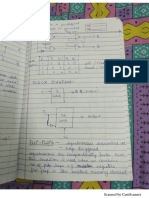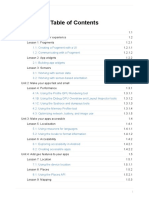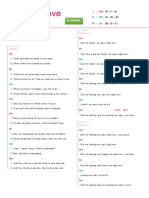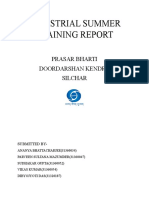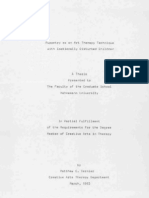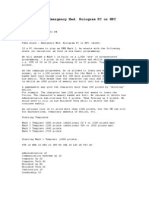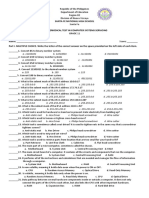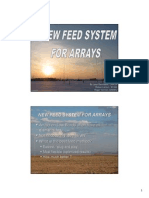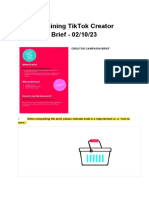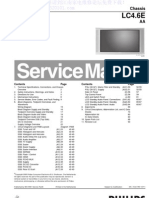0% found this document useful (0 votes)
679 views30 pagesIntroduction of Android
Android is a software stack that includes an operating system, middleware, and key applications for mobile devices. It includes core applications like email, SMS, calendar, maps, and a browser. Applications are written in Java and run in their own process using the Dalvik virtual machine. The software stack relies on Linux for core system services and includes libraries, frameworks, and APIs that allow applications to access common resources and functionality. Development is supported by Android Studio, which allows building, debugging, and testing applications using virtual devices.
Uploaded by
HimanshiCopyright
© © All Rights Reserved
We take content rights seriously. If you suspect this is your content, claim it here.
Available Formats
Download as PPTX, PDF, TXT or read online on Scribd
0% found this document useful (0 votes)
679 views30 pagesIntroduction of Android
Android is a software stack that includes an operating system, middleware, and key applications for mobile devices. It includes core applications like email, SMS, calendar, maps, and a browser. Applications are written in Java and run in their own process using the Dalvik virtual machine. The software stack relies on Linux for core system services and includes libraries, frameworks, and APIs that allow applications to access common resources and functionality. Development is supported by Android Studio, which allows building, debugging, and testing applications using virtual devices.
Uploaded by
HimanshiCopyright
© © All Rights Reserved
We take content rights seriously. If you suspect this is your content, claim it here.
Available Formats
Download as PPTX, PDF, TXT or read online on Scribd
/ 30

